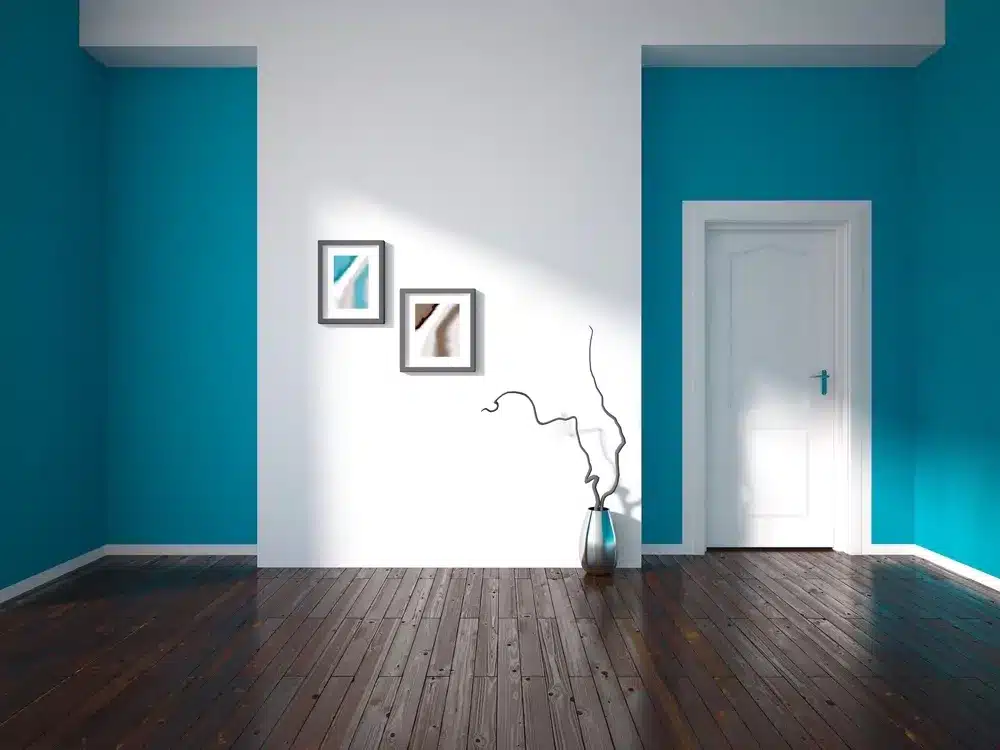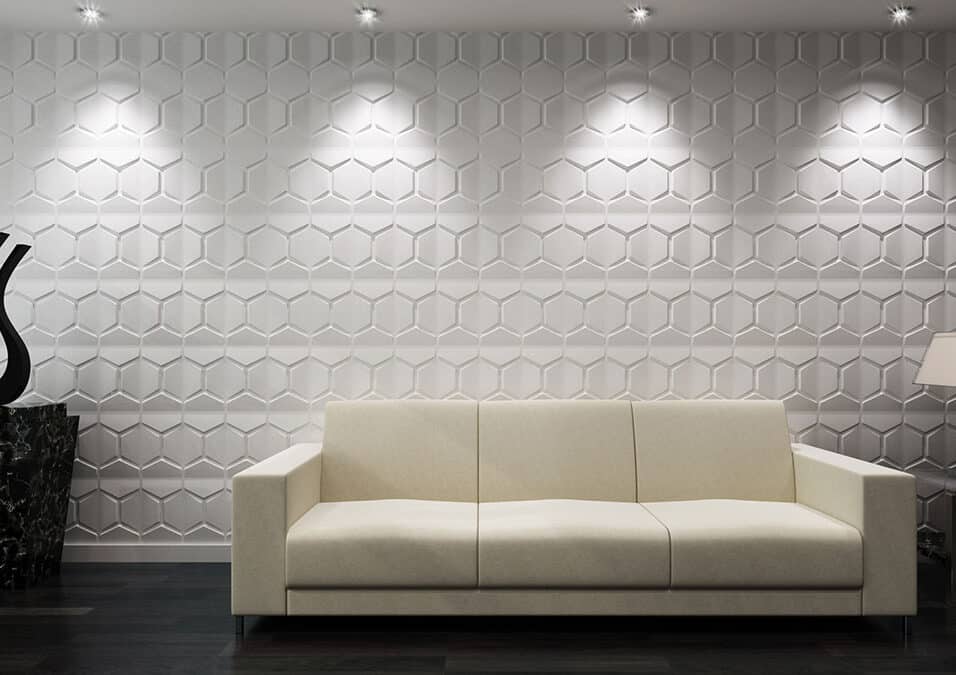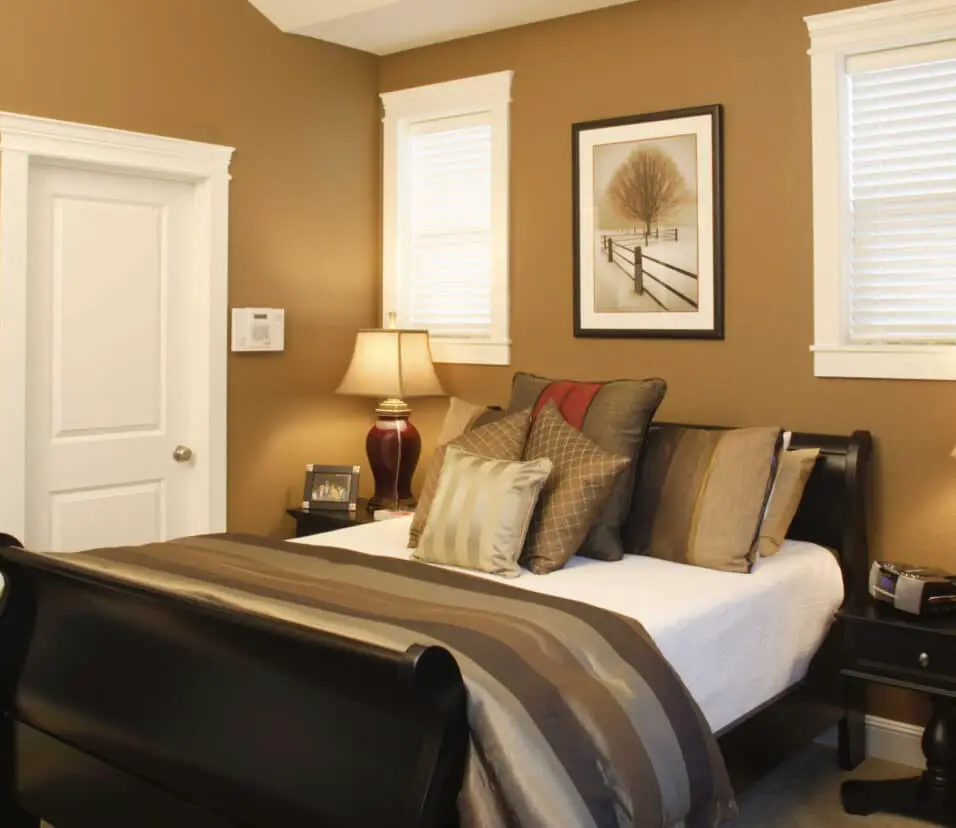How To Install Rigid Foam Insulation On Interior Walls
Introduction
How To Install Rigid Foam Insulation On Interior Walls: Installing rigid foam insulation on interior walls is a great way to improve the energy efficiency of your home and create a more comfortable living environment. Whether you are looking to reduce heating and cooling costs or simply want to enhance the insulation in your home, rigid foam insulation can be a highly effective solution. In this article, we will guide you through the process of installing rigid foam insulation on interior walls, providing you with the knowledge and steps necessary to complete the project successfully.
Rigid foam insulation offers several advantages over other types of insulation interior materials. Firstly, it has a high R-value, which measures the insulation’s ability to resist heat flow. This means that rigid foam insulation provides excellent thermal resistance, helping to keep your home warm in the winter and cool in the summer. Additionally, rigid foam insulation is resistant to moisture, making it ideal for areas prone to high humidity or water exposure, such as basements or bathrooms. It also acts as a sound barrier, reducing noise transmission between rooms.
Before you begin the installation process, it is important to gather all the necessary materials and tools. Once you have everything ready, you can start by measuring the walls and cutting the insulation boards to fit. It is crucial to ensure a snug fit to maximize the insulation’s effectiveness. Next, apply construction adhesive to the back of the insulation boards and press them firmly against the wall. Secure the boards in place using screws or nails, making sure to space them evenly. Finally, seal any gaps or seams with caulking to prevent air leakage.

Can you put rigid foam on interior walls?
Yes, it is possible to put rigid foam on interior walls. There are several reasons why someone might choose to install rigid foam insulation on interior walls. One of the main reasons is to improve the thermal performance of the building. Rigid foam insulation has a high R-value, which measures its ability to resist heat flow. By adding rigid foam insulation to interior walls, the building can become more energy efficient and comfortable.
Another reason to install rigid foam insulation on interior walls is to reduce noise transmission. Rigid foam insulation has excellent soundproofing properties, making it an ideal choice for rooms that require a quiet environment, such as bedrooms or home offices.
Additionally, rigid foam insulation can also help to prevent moisture and condensation issues. It acts as a barrier against moisture, preventing it from entering the walls and causing damage. This can be particularly beneficial in areas with high humidity levels or in buildings that are prone to moisture problems.
Installing rigid foam insulation on interior walls can provide several benefits, including improved thermal performance, soundproofing, and moisture resistance.
Can you foam insulate interior walls?
Yes, it is possible to foam insulate interior walls. Foam insulation is a popular choice for homeowners looking to improve the energy efficiency of their homes. It is a versatile and effective method of insulation that can be used in various areas of a house, including interior walls.
Foam insulation is typically applied as a liquid that expands and hardens into a solid foam. This helps to prevent air leakage and heat transfer, resulting in improved thermal performance and energy savings.
One of the main advantages of foam insulation is its ability to provide a seamless and airtight barrier. Unlike traditional insulation materials such as fiberglass or cellulose, foam insulation does not leave any gaps or seams that can allow air infiltration. This makes it an ideal choice for insulating interior walls, where a tight seal is essential for maintaining a comfortable indoor environment.
In addition to its air sealing properties, foam insulation also offers excellent thermal insulation. It has a high R-value, which is a measure of its resistance to heat flow. This means that foam insulation can effectively reduce heat transfer through interior walls, keeping the indoor temperature more stable and reducing the need for heating or cooling.
Furthermore, foam insulation can also help to reduce noise transmission between rooms. The solid foam acts as a sound barrier, absorbing and dampening sound waves, which can improve the overall acoustic performance of a house.
Should interior walls be insulated?
Insulating interior walls is a topic that has been debated among homeowners and professionals in the construction industry. Some argue that insulating interior walls can provide numerous benefits, while others believe it is unnecessary and a waste of resources. In this essay, we will explore the arguments for and against insulating interior walls and ultimately determine whether it is a worthwhile investment.
One of the main arguments in favor of insulating interior walls is the potential energy savings it can provide. Insulation helps to regulate the temperature inside a home, reducing the need for heating and cooling. This can result in lower energy bills and a more comfortable living environment. Additionally, insulation can help to reduce noise transmission between rooms, creating a quieter and more peaceful home.
On the other hand, some argue that insulating interior walls is unnecessary and can even be detrimental. They claim that interior walls do not face the same temperature extremes as exterior walls, so the energy savings would be minimal. Furthermore, insulating interior walls can make it more difficult to access electrical and plumbing systems, leading to increased maintenance costs.
Another consideration is the type of insulation used. There are various options available, including fiberglass, foam, and cellulose. Each has its own advantages and disadvantages, and the choice will depend on factors such as cost, effectiveness, and environmental impact. It is important to carefully research and consider these factors before making a decision.
Which insulation is best for walls?
When it comes to insulating walls, there are several options available, each with its own set of advantages and disadvantages. The best insulation for walls depends on various factors such as the climate, budget, and personal preferences.
Fiberglass insulation: Fiberglass insulation is one of the most popular choices for wall insulation. It is made from tiny glass fibers that are woven together to create a fluffy material. Fiberglass insulation is affordable, easy to install, and provides good thermal performance. However, it can be irritating to the skin and respiratory system if not handled properly.
Spray foam insulation: Spray foam insulation is a versatile option that can be used in various wall types. Spray foam insulation provides excellent thermal insulation and helps to reduce energy costs. However, it is more expensive than other insulation materials and requires professional installation.
Cellulose insulation: Cellulose insulation is made from recycled paper and treated with fire retardants. It is an eco-friendly option that provides good thermal and sound insulation. Cellulose insulation is also resistant to pests and mold. However, it can settle over time, reducing its effectiveness.
Rigid foam insulation: Rigid foam insulation is a durable and moisture-resistant option. It is available in various thicknesses and provides excellent thermal insulation. However, it is more expensive than other insulation materials and may require additional protection against fire.
Does rigid foam insulation need an air gap?
Rigid foam insulation is a popular choice for homeowners looking to improve the energy efficiency of their homes. It is a type of insulation that is made from foam boards and is commonly used to insulate walls, roofs, and foundations. One question that often arises when it comes to installing rigid foam insulation is whether or not it needs an air gap.
The short answer is that it depends on the specific application and the type of rigid foam insulation being used. In some cases, an air gap may be necessary to allow for proper ventilation and prevent moisture buildup. In other cases, an air gap may not be necessary and the insulation can be installed directly against the surface.
One situation where an air gap may be necessary is when using rigid foam insulation on the exterior of a building.
Another situation where an air gap may be necessary is when using rigid foam insulation on the interior of a basement or crawl space. These areas are prone to moisture buildup and an air gap can help to prevent condensation and mold growth. In this case, the insulation is typically installed against the foundation wall with an air gap between the insulation and the finished wall surface.
However, there are also situations where an air gap may not be necessary.
This is because these areas are typically well-ventilated and moisture buildup is less of a concern.
Installing rigid foam insulation on interior walls involves several steps to ensure proper installation and maximum insulation performance. The first step is to prepare the walls by removing any existing insulation or debris. This can be done by using a scraper or a wire brush to clean the surface.
Next, measure and cut the rigid foam insulation panels to fit the wall dimensions. It is important to leave a small gap between the panels and the wall to allow for expansion. Use a utility knife or a saw to make precise cuts.
Once the panels are cut, apply a construction adhesive to the back of each panel and press them firmly against the wall. Use a level to ensure that the panels are straight and even. Secure the panels in place with screws or nails, making sure to countersink them to avoid any protrusions.
Finally, seal the joints and edges of the insulation panels with a foam sealant to prevent air leakage. This will help improve the insulation performance and reduce energy loss. Allow the sealant to dry completely before finishing the walls with drywall or any other desired material.
What materials and tools are needed for the installation of rigid foam insulation on interior walls?
When installing rigid foam insulation on interior walls, there are several materials and tools that you will need to ensure a successful installation. Firstly, you will need the rigid foam insulation boards themselves. These boards come in various thicknesses and sizes, so be sure to choose the appropriate ones for your project. Additionally, you will need a utility knife or foam saw to cut the boards to the desired dimensions.
In order to secure the insulation boards to the interior walls, you will need adhesive. There are specific adhesives designed for use with rigid foam insulation, so be sure to choose one that is compatible. You will also need a caulking gun to apply the adhesive evenly. To further secure the insulation boards, you will need fasteners such as screws or nails. These should be long enough to penetrate the insulation and into the wall studs.
Are there any specific safety precautions to consider when installing rigid foam insulation on interior walls?
When installing rigid foam insulation on interior walls, it is important to take certain safety precautions to ensure a safe and successful installation. One of the first things to consider is the use of personal protective equipment (PPE). This includes wearing gloves, safety goggles, and a dust mask to protect yourself from any potential hazards.
Another important safety precaution is to ensure proper ventilation in the area where the insulation is being installed. Rigid foam insulation can release fumes during installation, so it is crucial to have adequate airflow to prevent the buildup of potentially harmful gases. Opening windows or using fans can help to improve ventilation.
Additionally, it is important to handle the insulation panels with care to avoid any injuries. Using a sharp utility knife and making precise cuts can help to minimize the risk of accidents.
Are there any recommended techniques or best practices for achieving optimal insulation performance when installing rigid foam insulation on interior walls?
When it comes to achieving optimal insulation performance when installing rigid foam insulation on interior walls, there are several recommended techniques and best practices to keep in mind. Firstly, it is important to ensure that the foam boards are properly cut and fitted to the walls. This means measuring and marking the boards accurately before cutting them with a sharp utility knife. It is also crucial to leave a small gap between the boards and the floor, ceiling, and corners to allow for expansion.
Another important technique is to seal all the joints and gaps between the foam boards using a high-quality foam sealant or tape. This will help prevent air leakage and enhance the overall insulation performance.
Are there any potential challenges or common mistakes to avoid when installing rigid foam insulation on interior walls?
When installing rigid foam insulation on interior walls, there are a few potential challenges and common mistakes that you should be aware of in order to ensure a successful installation. One common mistake is not properly measuring and cutting the insulation panels to fit the wall space.
Another challenge that may arise is the presence of electrical outlets or other obstacles on the wall. Additionally, it is important to consider the fire safety aspect when installing rigid foam insulation. Some types of foam insulation may be flammable, so it is important to choose a fire-resistant insulation material and follow all safety guidelines to minimize the risk of fire.

Conclusion
Installing rigid foam insulation on interior walls is a great way to improve the energy efficiency and comfort of your home. By creating a thermal barrier, rigid foam insulation helps to prevent heat loss and reduce energy consumption. This can lead to significant savings on heating and cooling costs in the long run. Additionally, rigid foam insulation also provides soundproofing benefits, making your home quieter and more peaceful.
After the panels are securely in place, you will need to seal the joints and edges with tape or caulk to prevent air leakage. This step is essential to maintain the integrity of the insulation and maximize its performance. Finally, you can finish the installation by covering the insulation with drywall or another suitable material. This will not only provide a finished look but also protect the insulation from damage.
Rigid foam insulation on interior walls is a worthwhile investment for any homeowner looking to improve energy efficiency and comfort. By following the proper installation steps, you can create a thermal barrier that reduces heat loss and lowers energy consumption. Additionally, the soundproofing benefits of rigid foam insulation can make your home a quieter and more peaceful place. So, if you are considering improving the insulation in your home, rigid foam insulation on interior walls is definitely worth considering.








